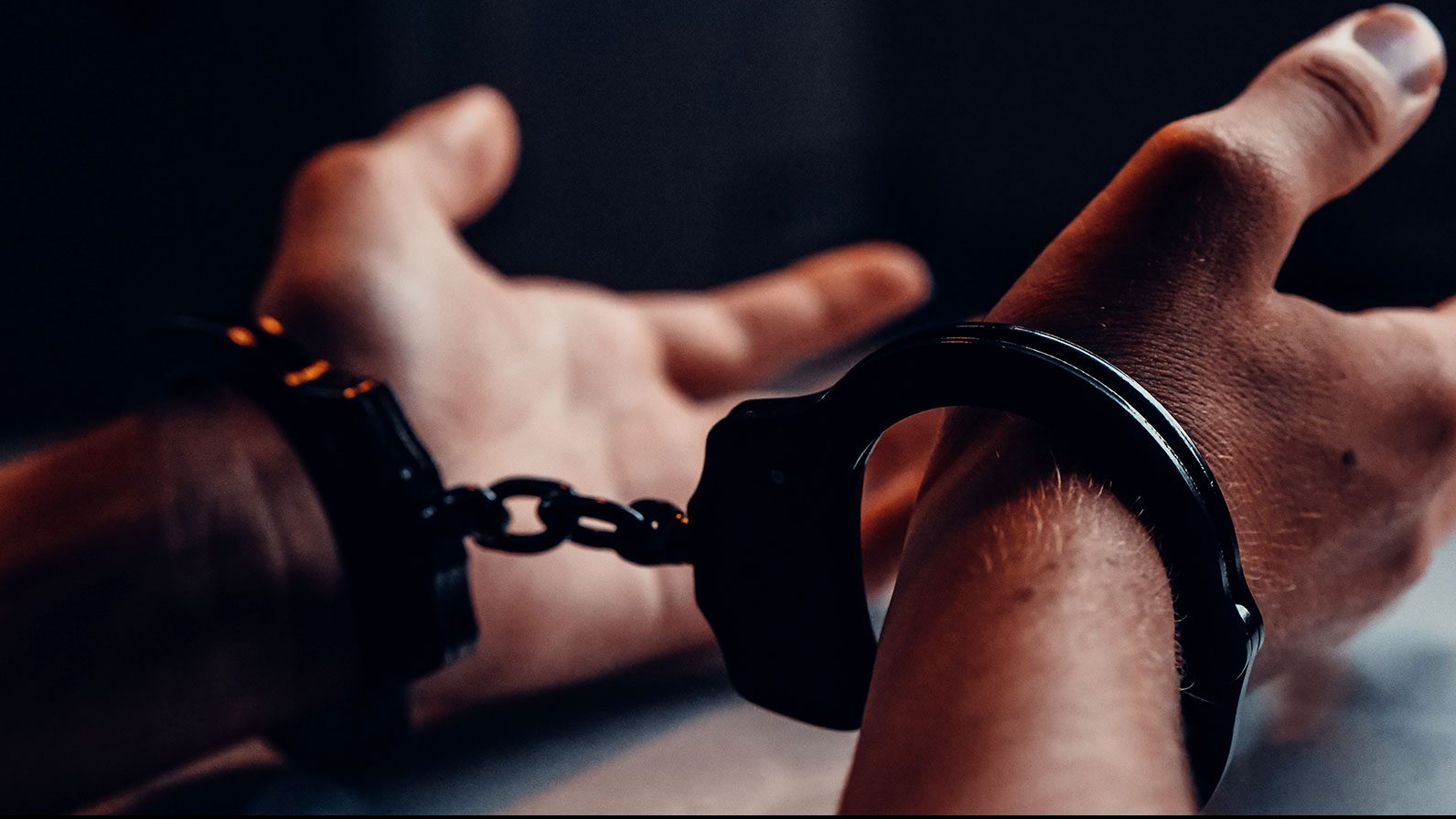Parenting on the edge of a blade: How much freedom, how much control?
Jun 20, 2014, 8:32 PM | Updated: 8:32 pm
As summer begins, many parents are grappling with questions about how much parental control is too much, issues of personal danger and the need to let kids push boundaries.
It wasn't always so, Jon Grinspan opines in a Sunday Review column called “The Wild Children of Yesteryear” for The New York Times. “There was a time when America pushed in the opposite direction, preserved in Mark Twain's cat-swinging scamps. Parents back then encouraged kids to get some wildness out of their system, to express the republic's revolutionary values.”
Visitors to America were struck, he notes, by the children's “reputation.” They earned it, boys and girls alike, by roaming like free-range chickens, getting into mischief, playing and fighting and egging each other on. Boys were typically free to wander, he said, until 10 or 12, when they were deemed big enough to help their fathers.
Girls started helping their moms around age 8, “but despite their drudgery, 19th-century American girls still found time for tree-climbing, bonfire-building and waterfall-jumping antics. There were few pretty pink princesses in 19th-century America: Girls were too rowdy and too republican for that.”
The question he poses — asked repeatedly over the years as the American family has become more cautious and danger-leery — is how did society move to a helicopter culture?
Some parents start when children are very young, “helping” with all the assignments and interactions and activities they think will prepare their children for success and prevent failure. They're called “helicopters” because they hover, experts told the Deseret News. Often, they deprive their children of constructive failures that will allow them to learn skills like problem-solving that they will need when they are adults.
Other very-involved parents are referred to as “snow plows” because they rush on ahead, clearing their children's paths of all obstacles.
“Parents have the best intentions,” Lauren Nichols, professor of social psychology at The Adler School of Professional Psychology in Chicago, told the Deseret News in February. “But children need both positive and negative experiences to build positive self-esteem. By eliminating failure and even minor negative moments, parents are doing their children a great disservice.”
But what happens when the issue is physical danger?
That's something that writer Kim Brooks has had to grapple with since she made the decision, a few years ago, to leave her toddler in the car briefly while she ran into the store to buy him headphones for a plane trip. She details her decision and the aftermath it created in Salon.
She returned to her car within a few minutes and they drove off. By the time their plane landed, though, she was embroiled in a legal battle. Someone had videotaped her leaving her child in the car and given the footage to police. Was it neglect? Was he in danger? And the big question: How do we protect children?
One expert reminded her, “There’s been this huge cultural shift. We now live in a society where most people believe a child cannot be out of your sight for one second, where people think children need constant, total adult supervision. This shift is not rooted in fact. It’s not rooted in any true change. It’s imaginary. It’s rooted in irrational fear.
“But what I always find lacking in these warnings is some explanation, not only of how expectations have shifted so radically for parents, but of why they have shifted. The tip-of-the-tongue answer is often that the world is a more dangerous place than it was a generation ago. But it doesn’t take much research to debunk this myth and find that nationally, violent crime rates are lower than they were in the ’70s and ’80s. So how do we explain that activities that once seemed harmless — letting a kid play at the park without supervision or sitting in a car for a few minutes — have now become not only socially taboo but grounds for prosecution?”
Others believe danger — physical, stranger danger and other types — is a real concern, and Brooks herself recognizes that bad things happen, including abductions, accidents and children left in hot cars to blister and even die on too-warm days.
The National Center for Missing and Exploited Children points out that while child abductions, for example, are rare in the grand scheme of things, there are a lot of them.
“From 1984 through December 2012, NCMEC has assisted law enforcement with more than 195,300 missing-child cases resulting in the recovery of more than 183,100 children, according to the organization,” said an article on the Safe Kids website. “The recovery rate for missing children has grown from 62 percent in 1990 to 97 percent today.”
Things happen. The question is where to draw the line.
Email: lois@deseretnews.com, Twitter: Loisco![]()








